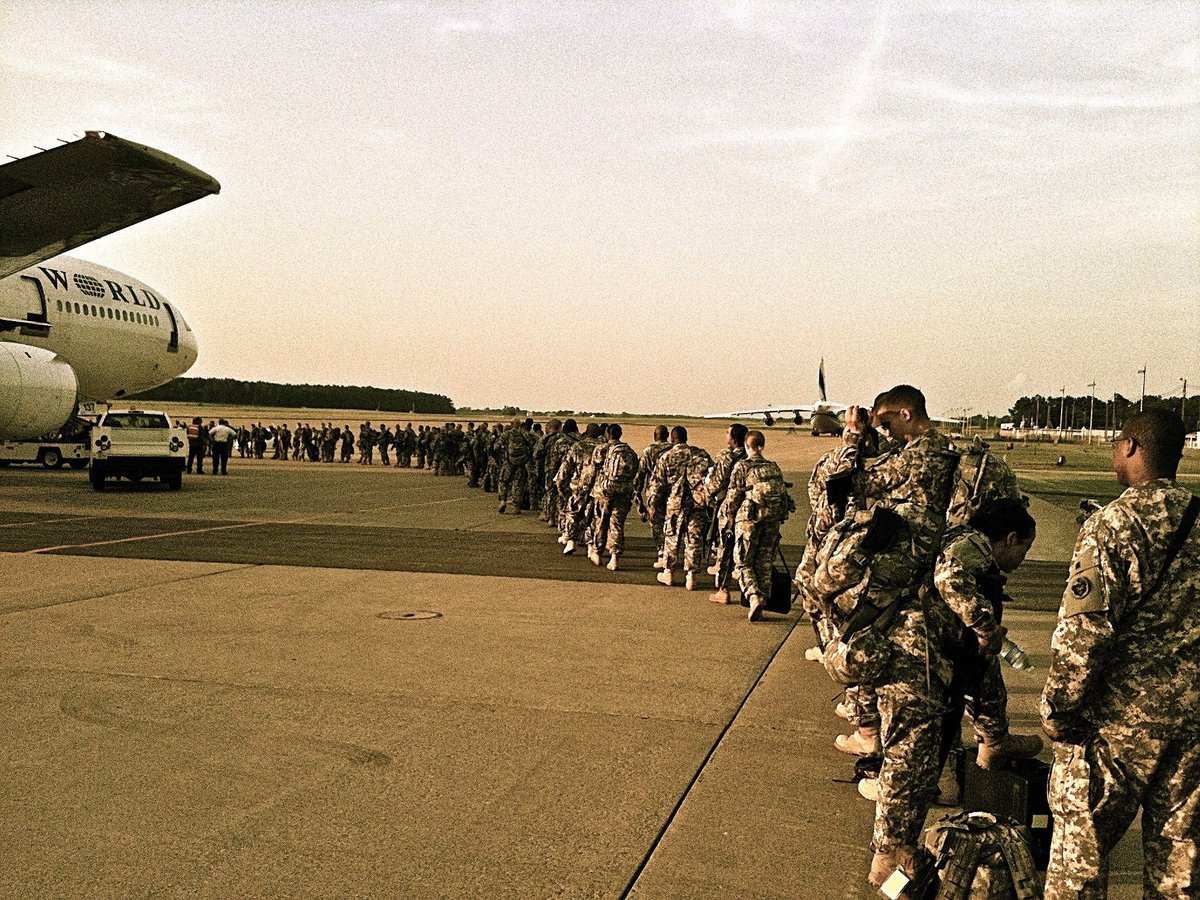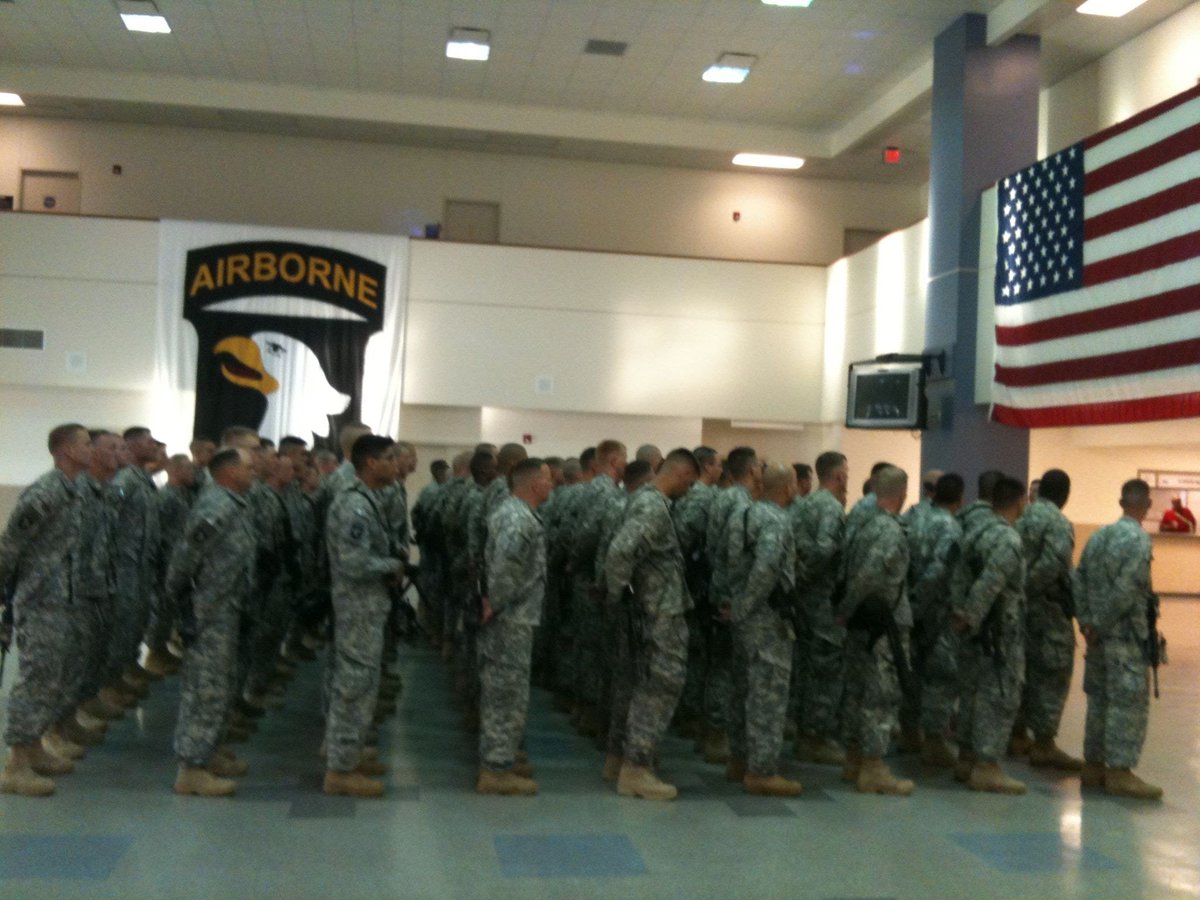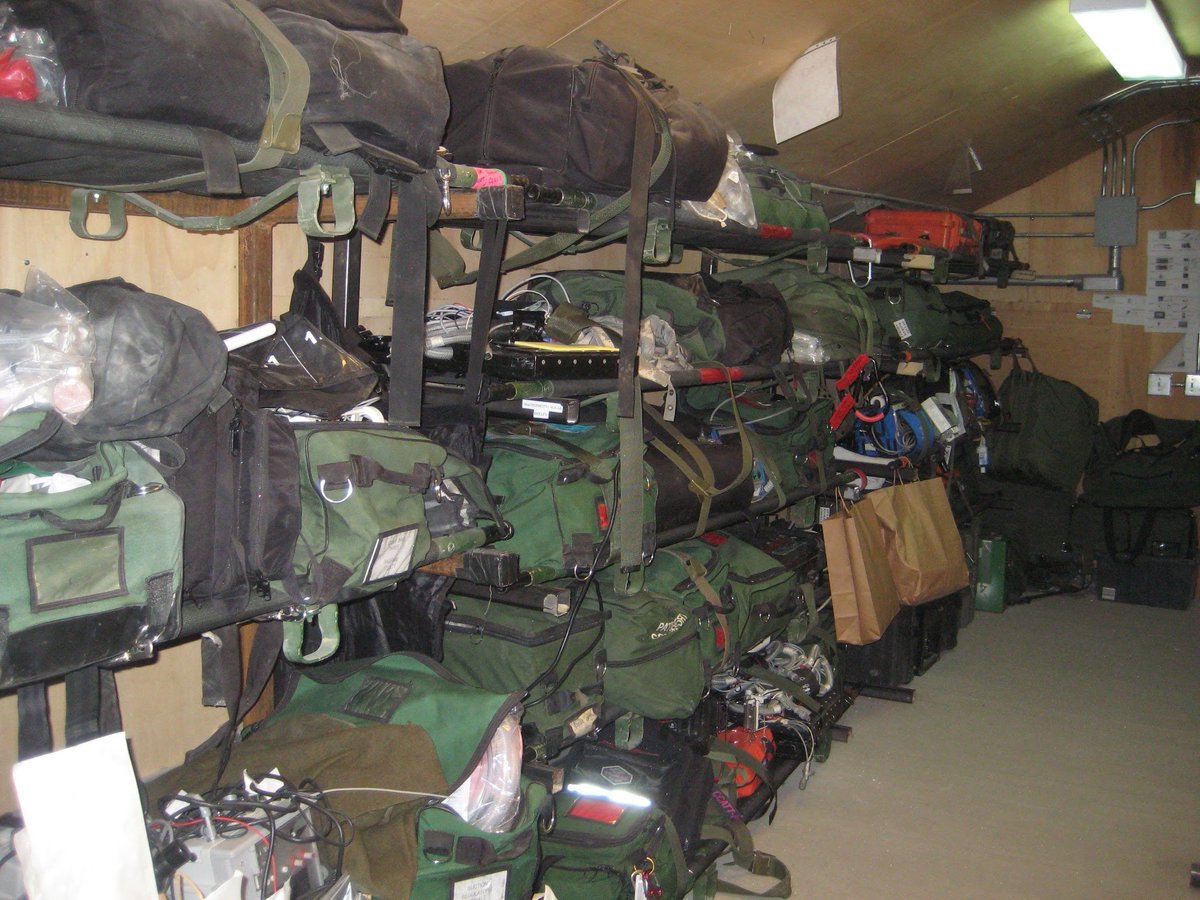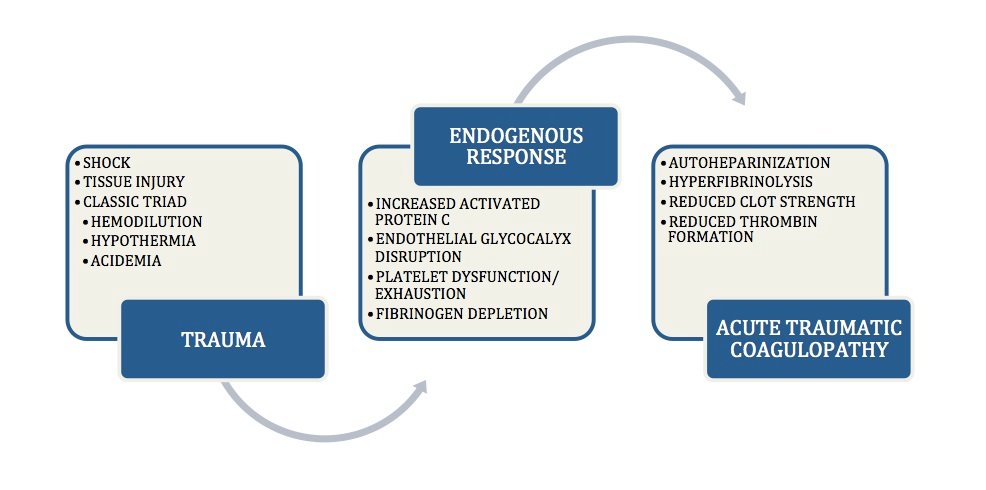
How do you enhance recovery before surgery? Let's talk about preoperative #optimization initiatives with goal of #prehabilitation! #EB4S 1/
#MedThread #Tweetorial
@aoglasser @TomVargheseJr @KurtPfeifer @afedwardMD @Docbasia @dremilym @tony_breu @ruthi_landau
#MedThread #Tweetorial
@aoglasser @TomVargheseJr @KurtPfeifer @afedwardMD @Docbasia @dremilym @tony_breu @ruthi_landau

1st, goal is optimization for everyone, but that may not be possible in your place. You want to risk stratify your patients. We use the NSQIP Surgical Risk Calculator, Gupta MICA Calculator, and the Duke Activity Status Index DASI. 2/
riskcalculator.facs.org/RiskCalculator/
riskcalculator.facs.org/RiskCalculator/
You can learn about risk stratification here:
Remember: it's not always just about the heart. Kidney, Lungs, Brain, etc. are at risk. 3/
@ruthi_landau threadreaderapp.com/thread/1177181…
sciencedirect.com/science/articl…
sciencedirect.com/science/articl…
Remember: it's not always just about the heart. Kidney, Lungs, Brain, etc. are at risk. 3/
@ruthi_landau threadreaderapp.com/thread/1177181…
sciencedirect.com/science/articl…
sciencedirect.com/science/articl…
@KurtPfeifer has a combined approach on his website. 4/
preopevalguide.com/ischemic-disea…
It uses the RCRI, DASI, and Gupta MICA in a nice algorithm.
preopevalguide.com/ischemic-disea…
It uses the RCRI, DASI, and Gupta MICA in a nice algorithm.
P.J. Devereaux advocates for the use of biomarkers in the Canadian CV Society Guidelines on Perioperative Risk Assessment. 5/
1. Monitor daily troponin after surgery
2. Measure proBNP before surgery
perioperative-risk.amjmed.com/sites/default/…
1. Monitor daily troponin after surgery
2. Measure proBNP before surgery
perioperative-risk.amjmed.com/sites/default/…
Once risk stratified, a systematic approach to modifying risk factors is next. 6/
Manage:
1. Smoking
2. Weight
3. Hyperglycemia
4. HTN
5. Malnutrition
6. Elder Care
7. OSA
8. Anemia
9. Opioid Use
10. Medications
11. Dentition
12. Mobility
13. Vaccines
Manage:
1. Smoking
2. Weight
3. Hyperglycemia
4. HTN
5. Malnutrition
6. Elder Care
7. OSA
8. Anemia
9. Opioid Use
10. Medications
11. Dentition
12. Mobility
13. Vaccines

Smoking Cessation:
We prescribe Nicotine Patches and Gum directly in our preop clinic. Very easy to implement and cost effective. 7/
Evidence:
journals.lww.com/annalsofsurger…
onlinelibrary.wiley.com/doi/full/10.11…
We prescribe Nicotine Patches and Gum directly in our preop clinic. Very easy to implement and cost effective. 7/
Evidence:
journals.lww.com/annalsofsurger…
onlinelibrary.wiley.com/doi/full/10.11…

Weight Management:
This can be more expensive. You don't want patient to starve themselves. Bundle this with a prescribed exercise regimen and nutrition counseling. Discussed later
bmcanesthesiol.biomedcentral.com/articles/10.11…
8/
This can be more expensive. You don't want patient to starve themselves. Bundle this with a prescribed exercise regimen and nutrition counseling. Discussed later
bmcanesthesiol.biomedcentral.com/articles/10.11…
8/

Hyperglycemia:
Measure HgA1C on patients >45 and BMI>25. Combine with preoperative insulin protocol.
Perioperative Goals = HbA1C<8 and BS 120-180
9/
Evidence:
journals.lww.com/anesthesia-ana…
jamanetwork.com/journals/jamas…
Measure HgA1C on patients >45 and BMI>25. Combine with preoperative insulin protocol.
Perioperative Goals = HbA1C<8 and BS 120-180
9/
Evidence:
journals.lww.com/anesthesia-ana…
jamanetwork.com/journals/jamas…

HTN:
Blood pressure is tricky because immediate preoperative intervention has not been shown to decrease risk. Evaluate HISTORICAL blood pressures and maintain tight control perioperatively (within 20% of historical baseline MAP). 10/
academic.oup.com/bja/article/92…
Blood pressure is tricky because immediate preoperative intervention has not been shown to decrease risk. Evaluate HISTORICAL blood pressures and maintain tight control perioperatively (within 20% of historical baseline MAP). 10/
academic.oup.com/bja/article/92…

Malnutrition:
@Paul_Wischmeyer has done great work on this.
Objectively measure nutrition with PONS. Brief course of protein and Vitamin D supplementation (5 days before surgery) may have benefit. 11/

@Paul_Wischmeyer has done great work on this.
Objectively measure nutrition with PONS. Brief course of protein and Vitamin D supplementation (5 days before surgery) may have benefit. 11/
https://twitter.com/Paul_Wischmeyer/status/1177546503893766147?s=20

Elder Care:
Objectively measure cognition and mobility with ADLs. Involve Geriatric Medicine early. Avoid Beers Criteria Drugs. Openly discuss risks with patient. Notify surgery early. 12/
facs.org/quality-progra…
link.springer.com/article/10.100…
Objectively measure cognition and mobility with ADLs. Involve Geriatric Medicine early. Avoid Beers Criteria Drugs. Openly discuss risks with patient. Notify surgery early. 12/
facs.org/quality-progra…
link.springer.com/article/10.100…

OSA:
Screen everyone for risk of OSA. We use STOP-BANG. Arrange for CPAP use postop, multimodal pain meds, regional techniques. Develop PACU monitoring standards. 13/
jamanetwork.com/journals/jama/…
Screen everyone for risk of OSA. We use STOP-BANG. Arrange for CPAP use postop, multimodal pain meds, regional techniques. Develop PACU monitoring standards. 13/
jamanetwork.com/journals/jama/…

Anemia: 14/
The most underappreciated risk IMO. Screen for anemia. Prescribe oral or IV iron if deficient. Arrange for TXA use and Cell Saver. Discuss with surgery.
journals.lww.com/anesthesia-ana…
The most underappreciated risk IMO. Screen for anemia. Prescribe oral or IV iron if deficient. Arrange for TXA use and Cell Saver. Discuss with surgery.
journals.lww.com/anesthesia-ana…

Opioid Use: 15/
Patients on opioids: multimodal pain meds ordered and regional techniques employed. Don't wean buprenorphine in almost all cases. Consult pain service early. We prescribe Narcan for emergency use after surgery.
Patients on opioids: multimodal pain meds ordered and regional techniques employed. Don't wean buprenorphine in almost all cases. Consult pain service early. We prescribe Narcan for emergency use after surgery.
https://twitter.com/jeffsimmons/status/1181008798946865152?s=20
Medication magement: 16/
Develop a standardized med management guideline. Here is our current one.
dropbox.com/s/3g38q53ww8mi…
Develop a standardized med management guideline. Here is our current one.
dropbox.com/s/3g38q53ww8mi…
Dentition: 17/
Pretty easy one. Consult with dentistry if the patient has very poor dentition if the risk of seeding new implant is a risk. Ortho is willing to cooperate in almost all cases IMO.
Pretty easy one. Consult with dentistry if the patient has very poor dentition if the risk of seeding new implant is a risk. Ortho is willing to cooperate in almost all cases IMO.
Mobility: 18/
Our European brothers and sisters are doing a great job with this. Prescribe a reasonable walking regimen or activity schedule before surgery. The goal is movement, not marathon running.
academic.oup.com/bja/article/11…
Our European brothers and sisters are doing a great job with this. Prescribe a reasonable walking regimen or activity schedule before surgery. The goal is movement, not marathon running.
academic.oup.com/bja/article/11…
Vaccines: 19/
We simply administer Flu and Pneumonia Vaccines in preop clinic. Easy.
We simply administer Flu and Pneumonia Vaccines in preop clinic. Easy.
Want more information: 20/
https://twitter.com/jeffsimmons/status/1166065104732864512?s=20
https://twitter.com/jeffsimmons/status/1179579458073837569?s=20
https://twitter.com/jeffsimmons/status/1178781902095831040?s=20
https://twitter.com/Anaes_Journal/status/1178640824311136257?s=20
Checklist: 21/
dropbox.com/s/2x4wtlq4t7q6…
https://twitter.com/jeffsimmons/status/1166065104732864512?s=20
dropbox.com/s/2x4wtlq4t7q6…
@Anaes_Journal has an entire supplement on optimization.
https://twitter.com/Anaes_Journal/status/1178640824311136257?s=20
• • •
Missing some Tweet in this thread? You can try to
force a refresh











